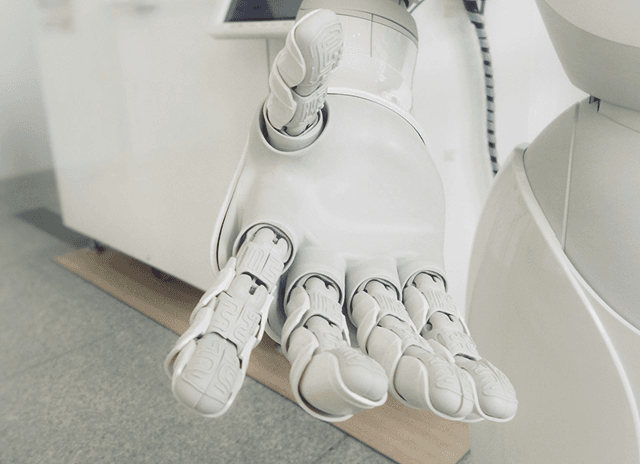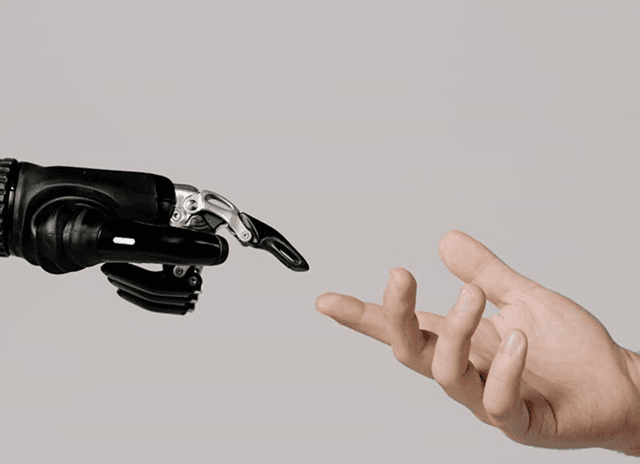Computer Vision is based on artificial intelligence. It enables computers and systems to derive meaningful information or insights from images, videos, or other visual inputs. It involves the development of algorithms and techniques that can process, analyze, and interpret visual data in order to perform a variety of tasks, such as object detection, image classification, and scene understanding. Computer vision has a wide range of applications in fields like robotics, autonomous vehicles, security, and medical imaging.
The key components of computer vision include image acquisition, pre-processing, feature extraction, object recognition, and decision-making. Advancements in deep learning, a subset of machine learning, have significantly improved computer vision capabilities in recent years. Deep neural networks can learn complex visual patterns and excel at tasks like image classification, object detection, and semantic segmentation. As the field continues to evolve, computer vision is becoming increasingly crucial for a wide range of real-world applications that rely on the efficient and accurate processing of visual data.





